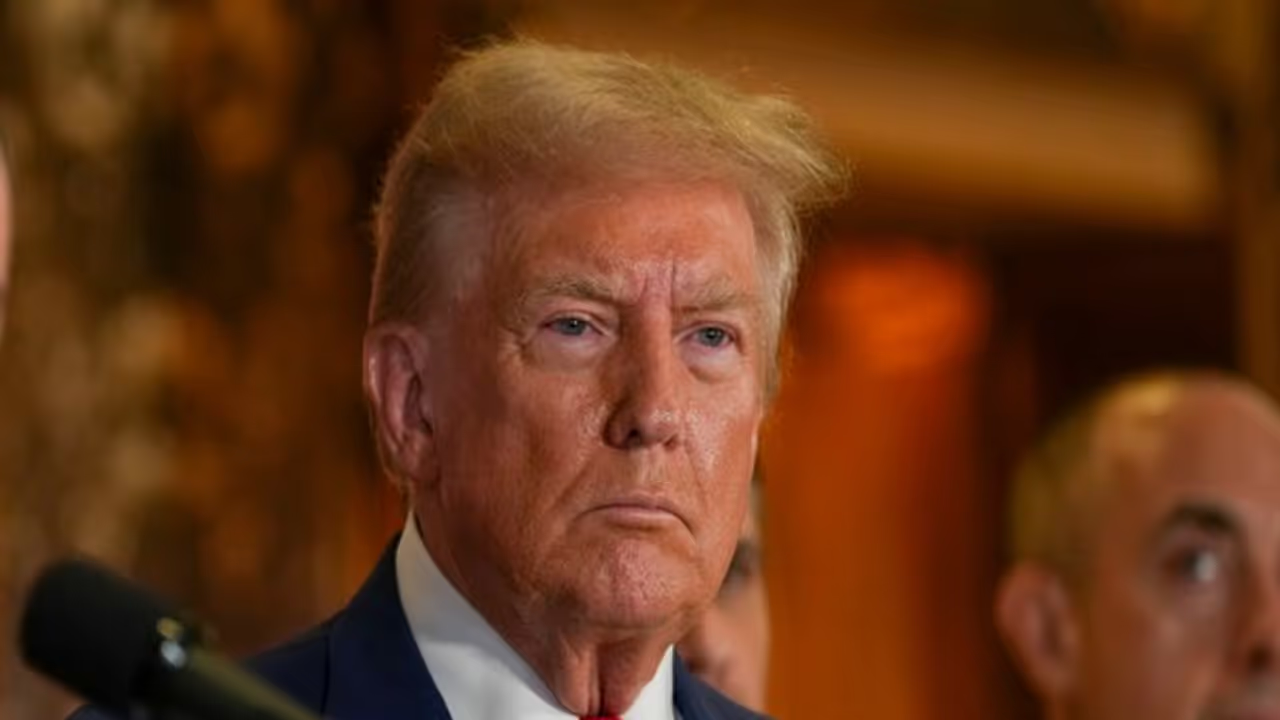President Donald Trump plans to impose reciprocal tariffs on countries with higher duties on US goods, potentially targeting emerging economies like India and the EU. Analysts warn this could escalate global trade tensions significantly.
US President Donald Trump has announced plans to impose reciprocal tariffs on other countries as early as Tuesday, declaring it "the only fair way" to conduct trade. This new move could spark fresh trade disputes with countries like India and the European Union, analysts warn, says an AFP report.

What are reciprocal tariffs?
Tariffs are taxes levied on imported goods. Trump's approach to reciprocal tariffs follows his campaign promise of "an eye for an eye, a tariff for a tariff, same exact amount." On Sunday, he stated that he would provide detailed information about these tariffs by Tuesday or Wednesday, emphasizing that "every country will be reciprocal."
Potential impact on emerging markets
Analysts from Goldman Sachs note that one method would be to raise US tariffs to match those imposed by other countries on American goods. This product-specific strategy could increase the average US tariff rate by around two percentage points. A broader, country-based approach would result in a smaller rise.
However, targeting specific products presents complexities. While the US has relatively low average tariffs (2.7% in 2022), certain politically sensitive items like apparel, sugar, and pick-up trucks face higher rates, according to Scott Lincicome, vice president of general economics at the Cato Institute.
India in the crosshairs: High tariffs could make it a key target
Incorporating non-tariff barriers, such as regulatory hurdles, into tariff adjustments would add another layer of complexity. JPMorgan analysts suggest that reciprocal tariffs might trigger "a broad tariff hike" on emerging economies with high duties on US products, including India and Thailand.
Trump has previously criticized India as a "very big abuser" in trade practices. National Economic Council Director Kevin Hassett echoed this sentiment, highlighting India's high tariffs that restrict US imports.
Impact on trade agreements and allies
Goldman Sachs estimates that countries with free trade agreements, like Mexico, Canada, and South Korea, would be unaffected if a country-based approach is adopted, limiting the overall impact.
It remains unclear whether Trump sees reciprocal tariffs as an alternative to the 10-20% universal tariff he proposed during his campaign or as a distinct policy.
Considering value-added taxes
Goldman Sachs analysts caution that the administration might attempt to balance non-tariff trade barriers, including value-added taxes (VATs), when adjusting tariffs. This could raise the average effective US tariff rate by an additional 10 percentage points. Such a move could specifically target high European Union VATs, according to JPMorgan.
Uncertainty as a negotiation tactic
Jeffrey Schott, senior fellow at the Peterson Institute for International Economics, warned that this unpredictability is detrimental to businesses. "Uncertainty is a tax on doing business," he stated, noting that ambiguity surrounding tariffs and potential retaliation weighs on both American and foreign companies.
Strategic geopolitical considerations
Schott suggested that for allies like Europe, the US might use tariffs to pursue broader economic and geopolitical goals, including resolving the conflict in Ukraine and boosting US exports in key sectors like liquefied natural gas (LNG).
Despite Trump's claims, the US does not have the lowest tariffs globally. It ranks around the middle among wealthy, industrialized nations, according to Lincicome. If Trump’s system were based on average tariff rates, "true reciprocity would require US tariff rate reductions on goods from dozens of countries," he concluded.
Also Read: Elon Musk and son X join US President Trump as he signs order to cut federal workforce
